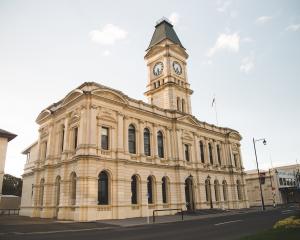The bid for reserve site status, presented by former Labour cabinet minister Margaret Austin was unanimously accepted at a United Nations Educational, Scientific and Cultural Organisation (Unesco) meeting in the Canary Islands yesterday.
The Tekapo night sky is now among five other night sky sites around the world to be considered by the World Heritage Committee at its meeting in Brazilia next year.
"If we get through that, as we hope, we will then need government commitment to proceed to the final stage," Ms Austin said from Rome today.
"We want the public on board so they can see the massive global benefits of being recognised as a world night sky heritage park." The other sites also to be considered for world heritage status are from Austria, Spain, Chile, and Hawaii.
Only the New Zealand and Austrian locations have been recognised as "mixed sites" -- acknowledging not only their pristine night sky but also their surrounding landscape and the opportunities for astro-tourism.
The remaining three sites have been recognised solely for the potential benefits they offer scientific research. The move to formally recognise night skies as World Heritage sites was a big move for Unesco, Ms Austin said.
"It's almost like an evolution. They've gone from monuments to landscapes to cultural landscapes and now they're taking another step." Ms Austin told delegates Tekapo Aoraki/Mt Cook had exceptional unpolluted skies with very low light pollution.
Mt John, above Tekapo township, was considered one of the most accessible observatories in the world, she said.
The observatory was home to six telescopes including the country's biggest telescope, measuring 1.8m across, which could observe 50 million stars each clear night.
She hoped the New Zealand bid could be approved within two years.











